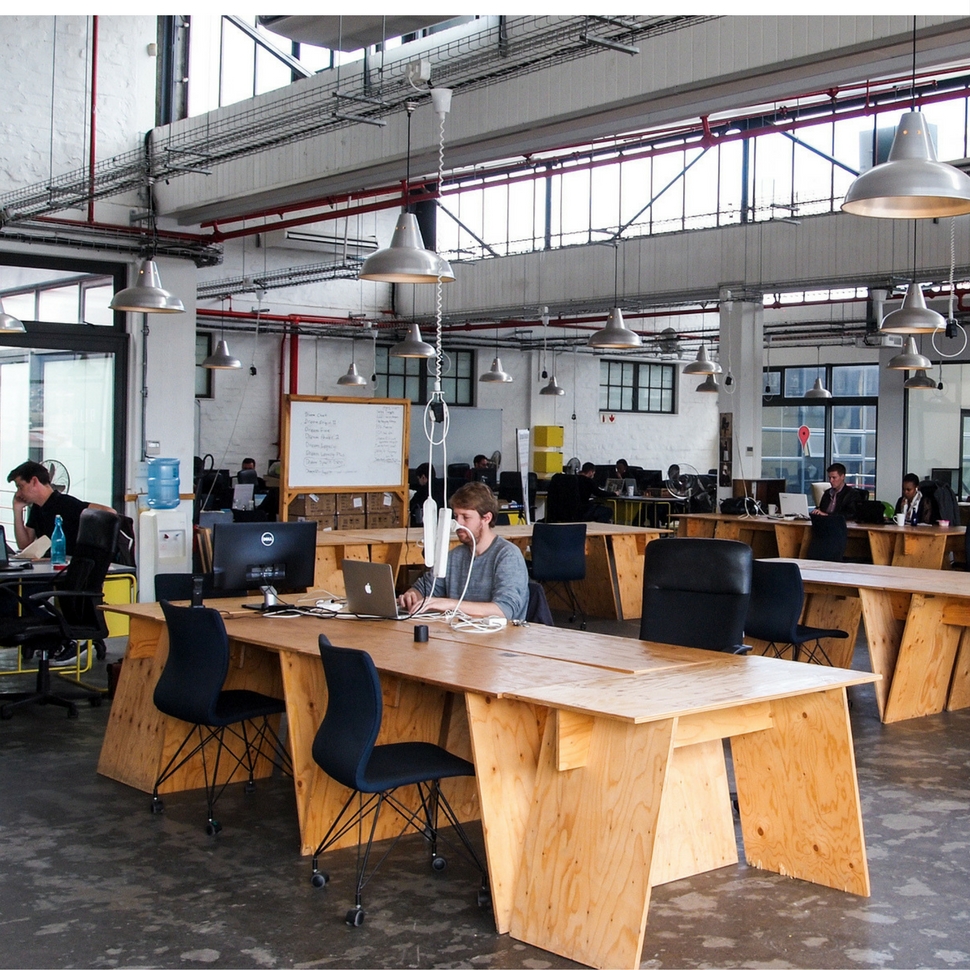Article written by Chloe Taylor
Flexibility is the name of the game in today’s work and workplace revolution. Forward-thinking entrepreneurs, managers, and business owners are striving to find ways to bring down the barriers to better enable human interactions, drive creativity, and give workers the freedom to choose how they best work.
Workplace design highly impacts performance, motivation, and productivity–and there are various ways companies and coworking operators can make better and more efficient use of their space.
Success by design
The modern workplace is fluid, it’s flexible. The most common example of these types of spaces are coworking centers, which have served as a paragon for modern workplace design and business philosophy. The modern workplace is fluid and flexible in the sense that it facilitates productivity, it maximizes square footage use, and it promotes worker wellbeing. The workspace should account for dynamic workflows, daily movement, and vivid collaboration; making it necessary for companies and workspace operators to strike a fine balance between open and secluded work environments that can accommodate varying lines of work and work styles.
An interactive matrix
Coworking and business centers have nailed the interactive matrix we’ll be talking about. They encourage people to move around throughout the day and engage in chance encounters and spontaneous interactions. This is particularly true of those workspaces that offer both private offices, as well as hot-desking options, multi-use furniture, and cafe-style seating.
These interactive amenities and design elements are successful at driving collaboration because they allow individuals to choose how and where they work.
Tech infrastructure
Technology is now the cornerstone of business greatness–and it’s technology that drives and powers many flexible workspaces (the booking, the billing, the automation, the wifi, etc.). Investing in cutting-edge technology is a must in today’s business world if you want to attract and retain new clients and members.
When it comes to tech infrastructure, workspace operators should not just think about videoconferencing, lightning fast internet, cloud storage options, and even artificial intelligence; operators also need to think about the basics, like having enough outlets conveniently located and spread out across the workplace.
Basically, a poor deployment of outlets and networking ports will chain workers to corners of rooms regardless of the overall layout of the space–discouraging collaboration, which would defeat the purpose of your space.
The takeaway here is that bad wifi and poor distribution of outlets will scare off members.
Embrace flexibility and resilience
The only constant in today’s modern day world is change. As a flexible workspace operator you need to stay on top and up to date on ever shifting workloads, schedules, working trends, and worker needs. Your workspace needs to be designed in such a way that it can easily adapt to market trends and needs–without having to incur significant cost and time.
To make the most out of a flexible workspace, owners and managers need to think about design, technology, target audience, and fully embrace flexibility.


 Dr. Gleb Tsipursky – The Office Whisperer
Dr. Gleb Tsipursky – The Office Whisperer Nirit Cohen – WorkFutures
Nirit Cohen – WorkFutures Angela Howard – Culture Expert
Angela Howard – Culture Expert Drew Jones – Design & Innovation
Drew Jones – Design & Innovation Jonathan Price – CRE & Flex Expert
Jonathan Price – CRE & Flex Expert










